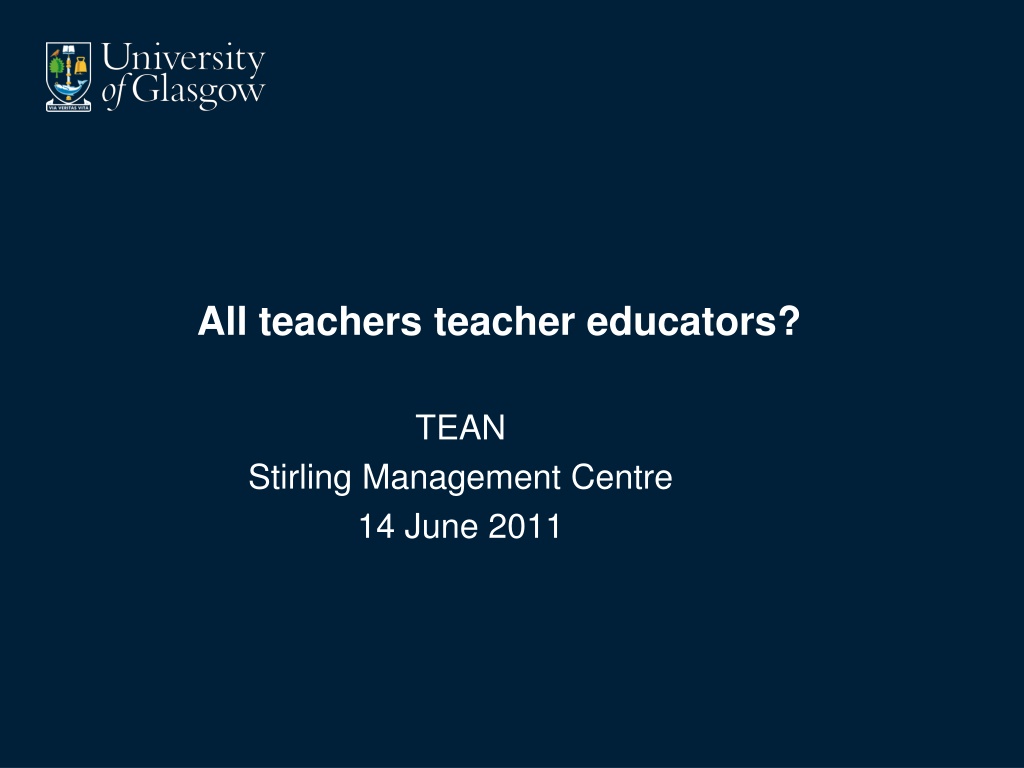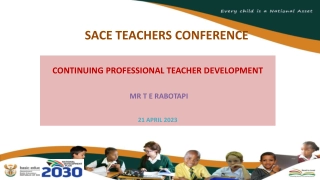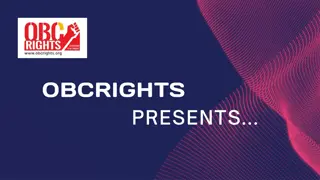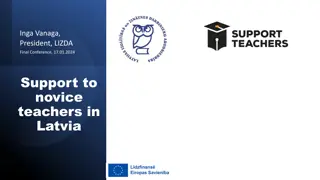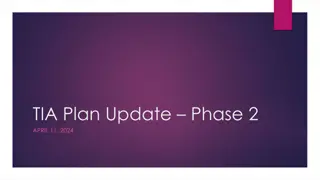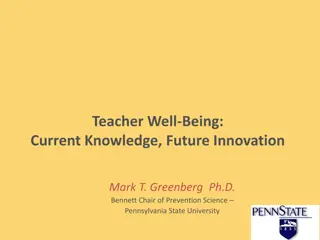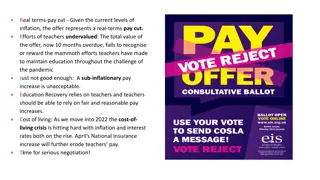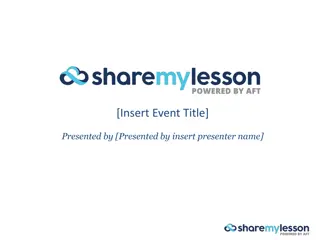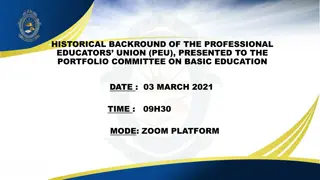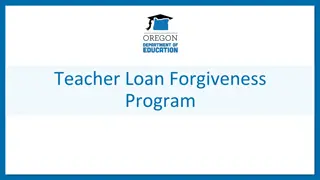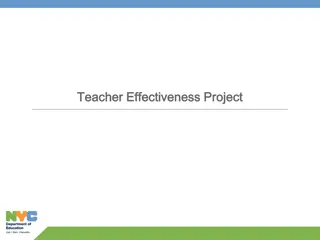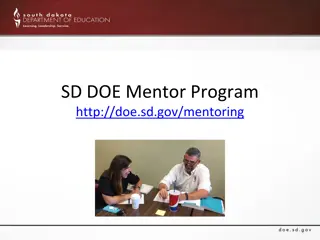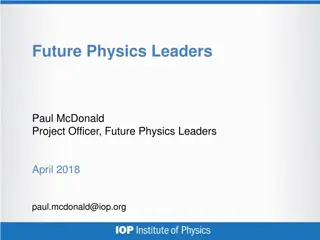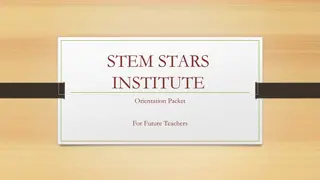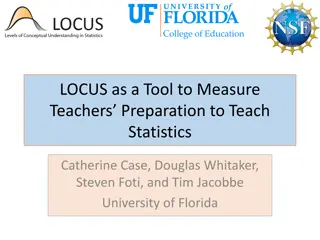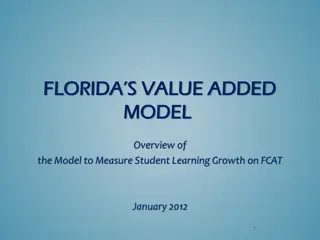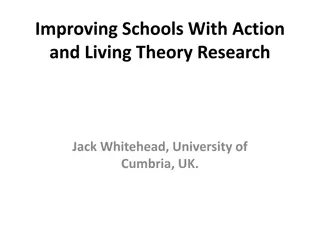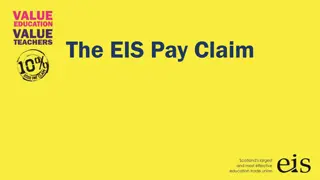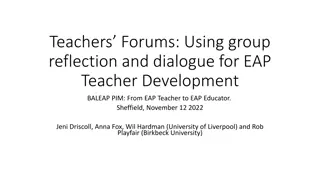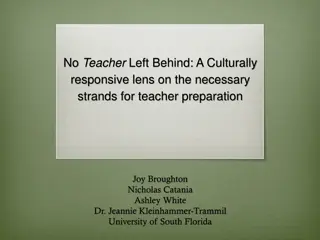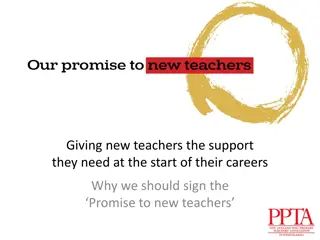All teachers teacher educators?
The case for change in teacher education, exploring push and pull factors, different models in education, and project aims focused on professional learning development for student teachers and educators.
Download Presentation

Please find below an Image/Link to download the presentation.
The content on the website is provided AS IS for your information and personal use only. It may not be sold, licensed, or shared on other websites without obtaining consent from the author.If you encounter any issues during the download, it is possible that the publisher has removed the file from their server.
You are allowed to download the files provided on this website for personal or commercial use, subject to the condition that they are used lawfully. All files are the property of their respective owners.
The content on the website is provided AS IS for your information and personal use only. It may not be sold, licensed, or shared on other websites without obtaining consent from the author.
E N D
Presentation Transcript
All teachers teacher educators? TEAN Stirling Management Centre 14 June 2011
What is the case for change? Push Factors 23% of respondents to TSF reported variable or very poor experiences (Donaldson 2010, p.43) HEIs difficulties in quality assuring placements The educational validity of the assessed visit: brief; artificial; snapshot The logistics: travelling; one-to-one tuition The capacity of schools to assess: many teachers very able and experienced in this area The fit with other university tutor responsibilities: role of university- based teacher educator has changed since universitisation ; engagement with research.
Pull factors Opportunity to improve placement experience for students in relation to their own developing pedagogy Opportunity to establish new pedagogies for student learning Opportunity to establish formative assessment processes The logistics: more students, fewer schools, less travelling Capacity building among teachers Scholarly development of university tutors
Other models Dewey s laboratory schools European tradition of normal schools US Professional Development Schools Oxford intern scheme University Training Schools (DfE 2010)
Project Aims To co-construct and implement a new collaborative school (and community) based partnership approach to supporting the professional learning and development of student teachers, teachers and tutors To establish closer communication, shared understanding and relationships To build capacity within the profession to engage with effective practice-based and evidence-informed models of professional learning To identify and evaluate the particular benefits for partnership
What did we do? Early stage June-July initial conversations with head teachers and the local authority August submitted bid
What did we do? (2) Oct-December Schools invited on basis of location 2 secondary schools 11 primary schools 31 self-selecting students Key role of the Glasgow City Council Placement Co- ordinator in liaising between schools and university Title emerged - Glasgow West Teacher Education Initiative
What did we do? (3) Steering group meetings to develop programme; expressions of interest for tutors; evaluation strand meetings for research design (in order to ensure that the project is evidence-informed); design of student, class teacher and tutor remits; establish action research project mentor for tutors 2 tutors x 0.5 FTE in the field for the duration of Feb/Mar placement and April/May placement
The Programme Pedagogy Seminars on themes: behaviour management; curriculum design; active learning etc. Learning rounds Formative assessment early diagnosis of struggling students; immediate identification of next steps Summative assessment brief observations One joint report
Evaluation Process: Aims 1. To provide an account of the development of the project 2. To support the action research project of the tutors 3. To evaluate the extent to which the aims of the pilot project are achieved 4. To make recommendations for future developments
Research Design Early stages Design and planning Ethical approval Identification of a SCRE officer
Data gathering period 1 Pre-placement questionnaire 3 focus groups with students Pre-placement interviews with HTs and teachers hosting a student Interviews with tutors/other stakeholders
Data Gathering Period 2 Observations of seminars; learning rounds; and steering group meetings 2 focus groups Student reflective journals Teacher logs
Data Gathering Period 3 Post-placement student questionnaire Post-placement focus group Post-placement interviews with HTs and hosting teachers Still gathering data for 3rd round and still analysing more recent data
Potential challenges as outlined in academic literature resource, leadership governance organisational structures capacity communication, contractual issues locality quality assurance impact assessment professional identity co-existence of conventional models established regularities of schooling
Potential challenges Time Logistics Capacity Communication and the problems of representational partnership
Potential benefits More immediate relevance of themed learning from seminars More opportunities for professional dialogue Early identification of weaknesses in student practice Opportunity to develop a shared language Opportunities for teachers to reflect on their own practice Opportunity for university tutors to facilitate student and teacher and tutor learning
Some early reflections on roles and responsibilities Participation in learning rounds elicited tacit teacher knowledge about learning and teaching Frequent opportunities for professional dialogue enabled the beginnings of production of shared language Joint reporting meetings affirmed teacher capacity to assess
All teachers teacher educators? Much has been accomplished, but much remains to be done. What steps have to be taken to make recommendation 39 a reality? How do we work in partnership to improve teacher professional learning at all stages of the career continuum?
